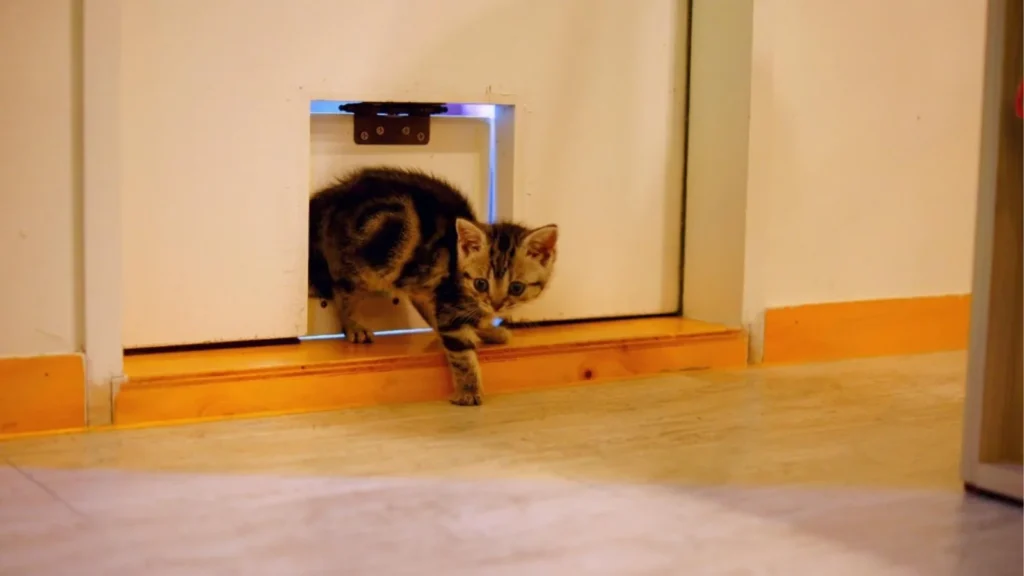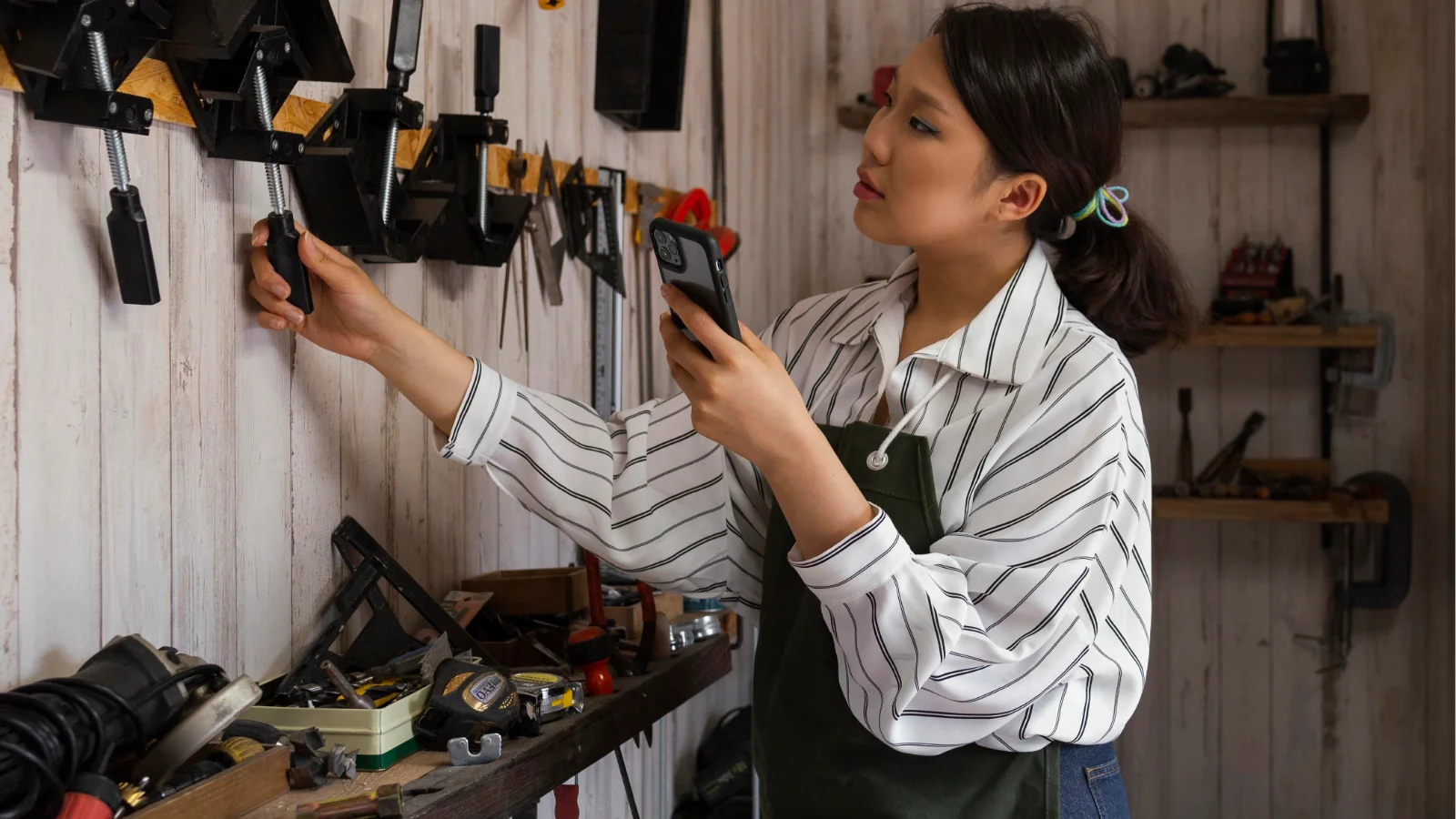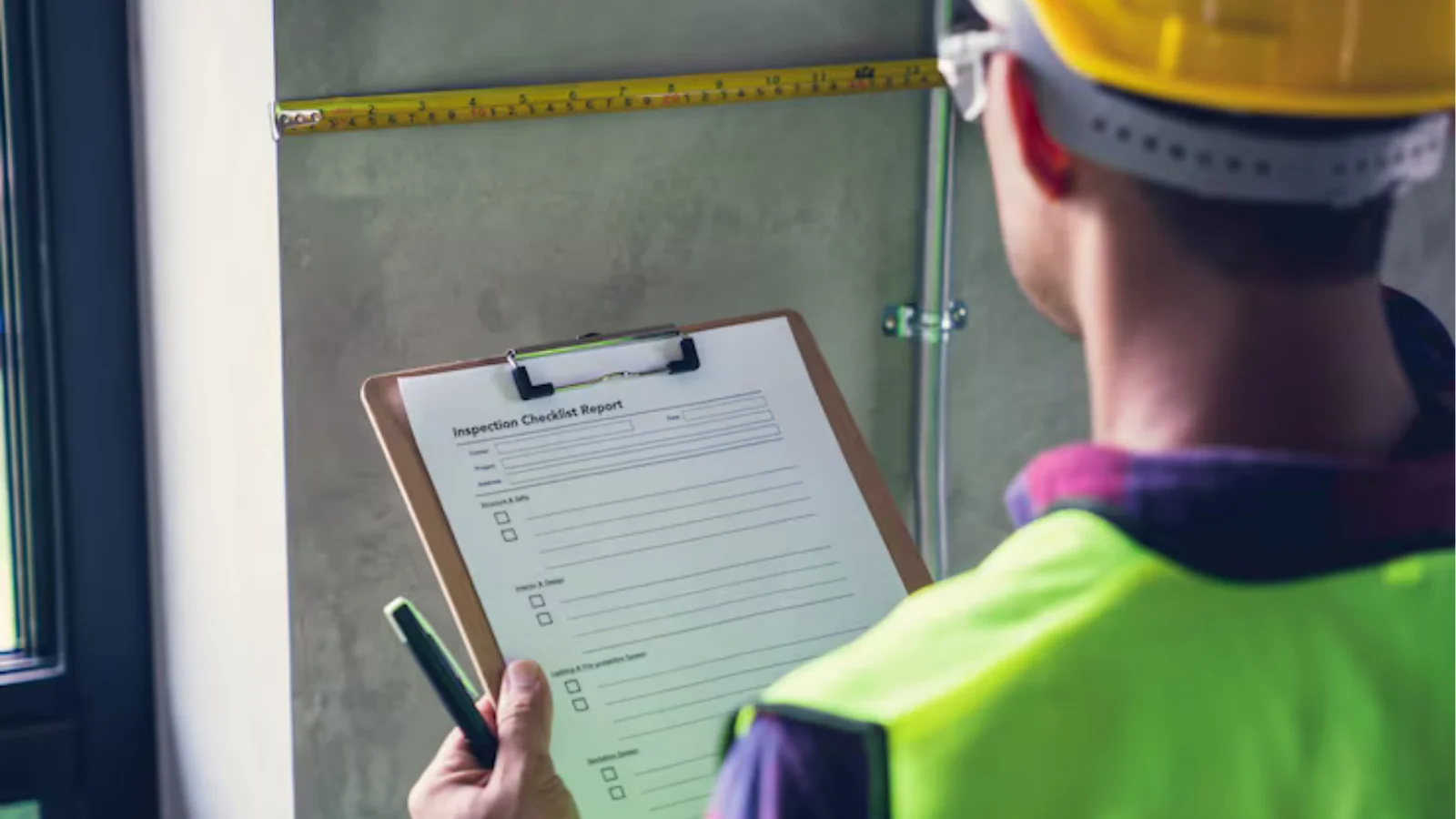Cats love independence, and pet owners value convenience. A well-placed cat door gives your pet the freedom to move between spaces without constant assistance. It reduces scratching at doors and prevents constant meowing when your cat wants in or out. Knowing how to install a cat door ensures comfort for pets and ease for owners.
While installation may look complicated, it’s a straightforward project with the right approach. From choosing the right style to making precise cuts, each step contributes to a safe and effective setup. This guide provides clear instructions, covering tools, measurements, sealing, and professional options. You’ll learn how to complete the task confidently and correctly.
Picking the Best Cat Door for Your Home
Not all cat doors are the same. Some are manual flaps, others include magnets, and advanced designs use microchips for added security. Your choice depends on your cat’s habits and your home’s layout. Larger cats need bigger flaps, while electronic models prevent stray animals from entering your home.
Consider insulation, safety, and location before buying. A door in an outside wall may need sturdier framing, while interior doors can use lightweight options. Think about long-term use—durable designs last longer and handle frequent movement. Choosing carefully ensures smooth function, safety, and a comfortable experience for your furry companion.
Tools and Supplies You’ll Need Before Starting
Before you begin installing a cat door, you must gather the essential tools and materials. Preparation ensures accuracy, safety, and efficiency during the process. A ready workspace also helps you avoid unnecessary delays later.
Marking the Right Spot
Start by measuring your cat from floor to belly. This ensures the opening aligns with your pet’s natural height. Use the included template to trace the outline on your chosen surface. Masking tape around the area helps prevent splintering and gives a clean edge when cutting. Accuracy here makes later steps easier.
Check the location carefully before marking. For walls, confirm no pipes or electrical wiring interfere with the cut. For doors, verify thickness matches your cat door model. Measure twice, cut once—a careful outline prevents errors. This preparation step saves time, avoids costly mistakes, and guarantees a well-positioned, functional pet entrance.
Cutting the Opening Cleanly
Begin by drilling starter holes at each corner of your outline. These holes guide your jigsaw blade for smooth cuts. Cut slowly along the traced line, keeping the blade straight. Patience avoids jagged edges and reduces material damage. Take breaks if needed—precision matters more than speed.
After cutting, remove the piece carefully and test-fit the cat door frame. The opening should be snug without forcing. Sand down rough edges until smooth. This step ensures safety for your cat and durability for the frame. A clean cut is essential to prevent drafts, splinters, and improper sealing during final installation.
Securing the Cat Door Frame
Insert both sides of the frame into the cut opening. Make sure the flap swings freely and aligns correctly. Hold the pieces together and fasten with screws, tightening gradually to avoid cracks. A level ensures proper balance so your cat can use it without difficulty. Alignment is key to smooth operation.
Check the swing several times after fastening. If it sticks or drags, adjust screws slightly. Over-tightening may warp the surface, so use steady pressure. A well-secured cat door should feel sturdy, with no rattling or gaps. Proper installation at this stage guarantees long-term performance and prevents issues later.
Sealing the Edges and Final Touches
Once secured, seal the edges with weatherstripping or silicone. This step prevents drafts, insects, and moisture from entering through gaps. For outdoor doors, sealing is especially important to maintain insulation. A neat seal also extends durability. Don’t skip this—tight edges protect both your pet and your home.
Finish by painting or smoothing the area. Sand rough spots and check for sharp edges. If the frame is plastic, clean with a damp cloth. For wooden doors, consider applying protective coating. These finishing touches improve appearance and keep the cat door functional for years. Small details matter for lasting results.
Safety Reminders During Cat Door Installation
Always prioritize safety. Wear protective goggles when cutting, and gloves to prevent injuries. Use power tools carefully—steady hands create cleaner results. Keep children and pets away during the process. Clear your workspace before starting to reduce risks of accidents or distractions. Simple precautions make the job stress-free and efficient.
Before cutting walls, confirm no hidden pipes or electrical wires are in the chosen spot. For exterior installations, double-check local regulations regarding modifications. Disconnect tools when not in use, and store sharp blades securely. By focusing on safety, you ensure smooth installation while avoiding accidents that may cause costly setbacks.
Mistakes to Watch Out For
One common error is mismeasuring the pet’s height. A door too high or too low makes access difficult. Another mistake is rushing cuts, leading to uneven edges and poor sealing. These issues affect durability and may create safety hazards for your pet. Precision and patience prevent most of these problems.
Weak sealing is another oversight. Without proper weatherproofing, drafts and pests may enter. Over-tightening screws can also crack the frame or warp surfaces. Avoid shortcuts; each step contributes to long-term success. Learning from common mistakes helps you complete the project smoothly, saving time, money, and frustration.
Why Adding a Cat Door Is Worth It
- Freedom for pets – Cats move freely without scratching at doors.
- Less stress – Reduces meowing and door damage.
- Convenience for owners – No constant door duty.
- Better air circulation – Especially when paired with screened areas.
- Adds value – Pet-friendly upgrades appeal to future buyers.
Installing a cat door benefits both pets and owners. The small investment saves daily effort and improves home comfort. Over time, it proves to be one of the most practical upgrades for a pet-friendly household.
Times When Calling a Pro Makes Sense
Some installations are too complex for DIY. Glass panels, screened balconies, or thick walls require special skills and equipment. Attempting these without experience may cause costly damage. In such cases, hiring professional services ensures safety and precision. Experts handle tough jobs quickly and guarantee long-lasting results.
Another reason to call a pro is for warranty-backed work. If you want peace of mind, professionals provide reliable support. For homeowners lacking tools, time, or confidence, expert help makes sense. Knowing when to step back protects your investment and ensures your pet door installation performs perfectly.
Expert Pet Door Installation Services Near You
When you’d rather leave the work to experts, Eclipse Service Hub in Tampa offers trusted pet door installation. Their skilled team ensures accurate cuts, proper sealing, and durable fittings. With years of experience, they provide tailored solutions for different surfaces, including wood, metal, glass, and screened enclosures.
Beyond pet doors, Eclipse Service Hub handles a wide range of services like balcony screening, porch screening, and commercial installations. Choosing professionals guarantees stress-free results and lasting quality. With their support, you can enjoy all the benefits of a cat door without the challenges of DIY installation.
Frequently Asked Questions
Can I install a cat door in glass panels?
Yes, but it requires special tools and skills. Glass installation should always be handled by professional services to ensure safety and durability.
How can I teach my cat to use the new door?
Guide your cat gently through the cat door with treats. Patience and positive reinforcement usually help them adjust within a few days.
Will installing a cat door invite unwanted animals?
Basic flaps may allow entry, but electronic or magnetic cat doors solve this. Choose secure models to block other pets or wildlife.
What is the cost of professional installation?
The price varies by location and door type. On average, expert pet door installation ranges from $100 to $300 depending on complexity.





